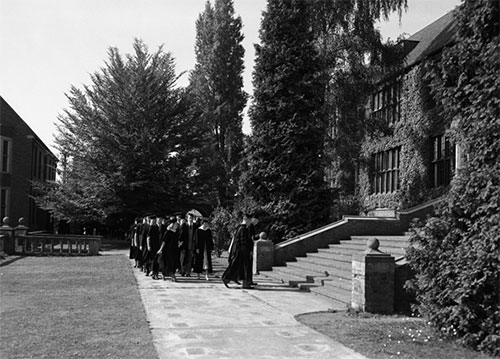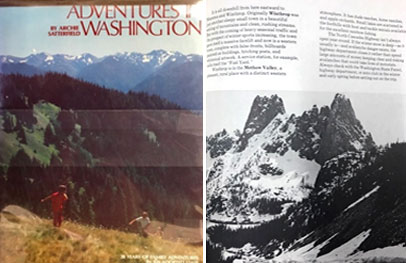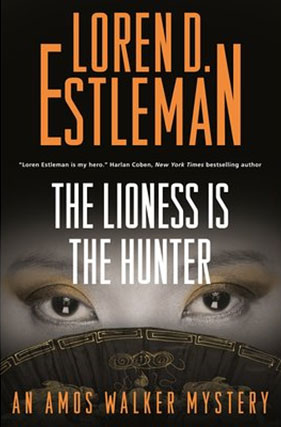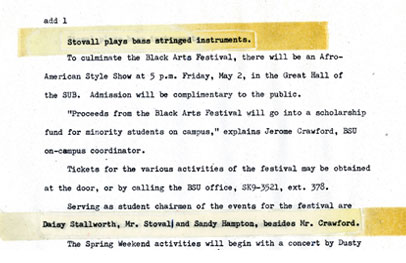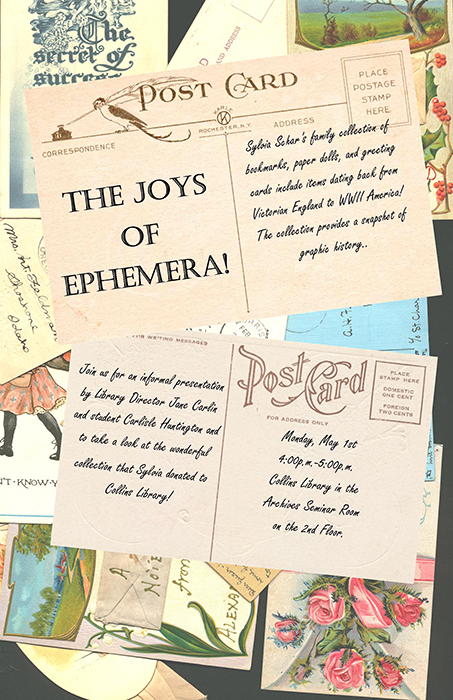
Designed by Carlisle Huntington
This year I had the pleasure of designing the Collins Library bookmark for the worldwide program called Bookmarks XV Infiltrating the Library System, sponsored by the University of the West of England Book Arts program. The project is aimed to encourage appreciation and awareness of artists working in the book format. Participating artists each produce an edition of 100 signed and numbered bookmarks which are divided into 100 sets; one full set being sent to each of the contributing artists and the rest divided and sent in distribution boxes to participating host venues around the world, for visitors to enjoy.
The annual series is in its fourteenth year, and has had 544 artists contribute 54,700 bookmarks to date. This year, entries are being taken from libraries all around the world and Collins Library has the honor to be one of them. Our participation this year could not be more serendipitous as this past summer we received a generous donation of vintage bookmarks, postcards, and paper dolls from local Tacoma resident Sylvia Schar.
Drawing inspiration from Schar’s collection, our bookmark design combines the old with the new. On the front is the original image found from a bookmark from Schar’s collection. The illustration depicts a chivalrous hero holding his fainting damsel, about to defend her from a diabolical villain. Beneath the illustration is a charming limerick that reads: The heroine is fainting, the villain pants with rage, and the hero’s life hangs on a thread until you turn the page!
On the back of the bookmark, is a similar illustration, but with a more contemporary twist. The hero is shown fainting in to the maiden’s arms, who looks quite exasperated by the whole melodramatic scene. Beneath the illustration there is also a clever limerick: The hero has fallen and at the most troubling of times! But thanks to his fair Maiden, all will turn out fine.
With this design we hoped to capture the ways in which we learn from the past and in turn, improve upon it. (And not without a touch of humor of course!)
If you’re interested in learning more about vintage bookmarks, drop by the Collins Library Joys of Ephemera event, (Monday, May 1st from 4:00p.m-5:00p.m. in the Second Floor Archives Seminar Room) for a chance to look at some amazing pieces of Schar’s collection and to receive your very own copy of the Collins Library bookmark!

